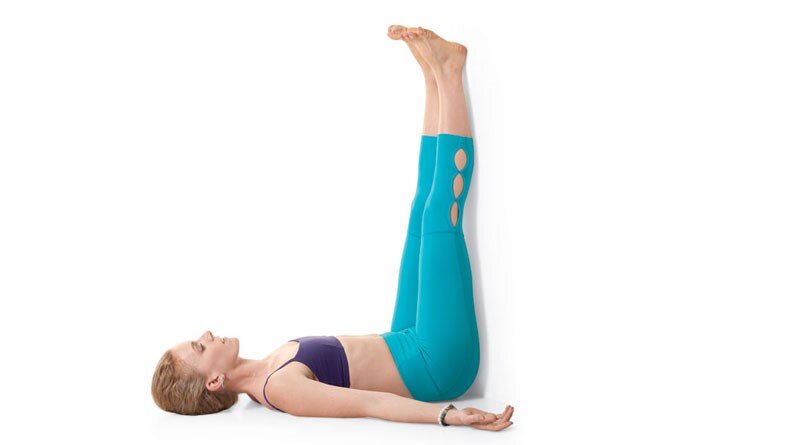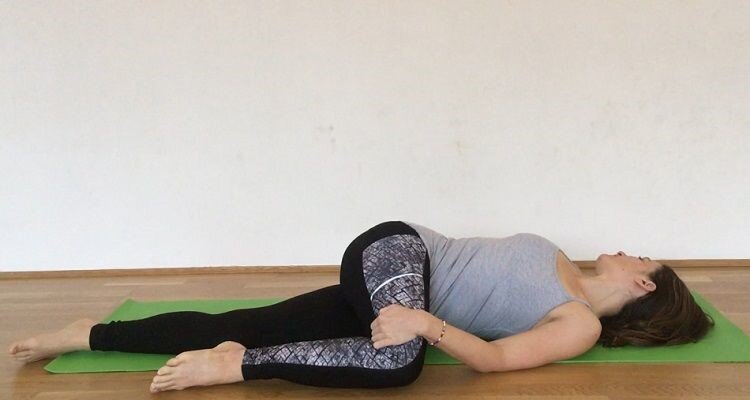Can Yoga Help Ease Pain?
Nida Zakaria
"You cannot always control what goes on outside. But you can always control what goes on inside."
For centuries yoga has been a part of our culture and fitness regime. Undoubtedly it has proven to be beneficial for our body, mind and soul. But what makes yoga more distinct is its ability to reduce aches and pains.
Body pain has become an undesired yet inseparable part of modern lifestyle. Elders and youngsters alike are facing this issue. Often, body pain is due to several reasons including prolonged screen time, stress, anxiety, and unhealthy dietary and sleep patterns etc. And to reduce body pain, yoga has proven to be extremely useful. It is a combination of breath control, meditation, and movements to stretch and strengthen muscles. What sets yoga apart from most other exercise programs is that it places a great emphasis on achieving physical as well as mental fitness.
What can yoga do for you?
Various yoga poses help in strengthening the muscles that may have weakened or gone sore due to lack of movement or any other physiological condition. The increased mobility in these muscles helps in restoring the blood circulation at the desired level, which further relaxes the muscles. Thus, yoga triggers a positive cycle of muscular recovery and reduced body pain which may have occurred due to lifestyle issues. Moreover, it reduces stress, anxiety, insomnia, depression and several other physiological conditions. Once the process starts, the results can inspire an individual to stay put on the fitness journey.
Can yoga help with chronic pain?
There have been several medical studies which indicate that yoga can be effective in dealing with chronic pain issues such as fibromyalgia, arthritis, migraine, lower back pain, and several other chronic pain conditions. According to a study that appeared in Annals of Internal Medicine, 313 people with chronic low back pain, who took a weekly yoga class, had enhanced mobility when compared with standard medical treatment for the condition.
Research also suggests that yoga responds to chronic pain on a neural level, improving the endurance of grey matter in the brain. Another meta-analysis of 17 studies conducted on over 1,600 volunteers suggests that yoga can be extremely beneficial to improve daily function among people with spinal and lower back pain issues. Moreover, yoga also improves mood and psychosocial well-being. Thus, it offers a holistic care to an individual.
Five Yoga Poses to help reduce pain
1. Diaphragmatic (Belly) Breathing : Our nervous system calms down when we breathe with our diaphragm. In doing so our body deals smoothly with our aches and pain.
Step1: Sit comfortably
Step 2: Keep your hands on the ribs
Step 3: Inhale and exhale evenly.
Step 4: Close your eyes calm down and repeat for 5 minutes
2. Side Stretch : Standing Side stretches are an incredible way to develop balance in the body.
Step 1: Start in Tadasana (Mountain Pose) and unite your palms together.
Step 2: Push the hip towards one side and arrive at the palm toward the other, extending the whole side body.
Step 3: Exchange sides, coordinating your development with the breath.
.3. Leg up the wall (Viparita Karani) :A wonderful posture for tired feet and it also helps in easing lower back pain, headaches, and fibromyalgia.
Step 1: Lay your head on the pillow and stick your bum towards the wall.
Step 2: Lay both your feet up on the wall and let your body rest.
Step 3: Remain in the posture for a few deep breaths.
4. Supine Twist (Supta Matsyendrasana): This posture is extremely beneficial for entire back pain. It also helps in increasing the flexibility of the hips, upper back shoulders, and ribs. Adding to it, this pose does wonder for painful bladder syndrome.
Step 1: Lie on your back and bring your knees to the chest
Step 2: Spread one leg out. Carefully guide the bent knee to the opposite side and extend the arm out.
Step 3: Hold for three deep breaths and repeat.
5. Downward Dog (Adho mukha svanasana): It calms the brain and helps in stress and depression. A must yoga for arthritis, headaches, fatigue, and back pain. It has good results for high blood pressure and asthma too.
There are many other postures that will surely help you in relieving pain and aches. Next time do consult your trainer or check our blogs for more inputs. And remember miracles don’t happen in just a day so it’s very important for every individual to be determined, giving the body the time to heal with these brilliant yoga positions. Definitely practice and patience is the key to success and happiness.
How to start with the yoga journey?
Once you determine to reduce your pain through yoga, it is important to find a qualified and experienced instructor who can guide you with the right poses and practices. It is very easy to lose motivation and discontinue the practice midway. Thus, the trainer will also help you stay motivated on your fitness and pain reduction journey. So, finding the right trainer is half the job done.
Once you enroll with the trainer, set your goals for pain reduction and fitness. Last but not the least, follow a disciplined routine for practice and track your progress periodically. There may be times when you need a course correction but that is absolutely normal. As the body adapts to a new yoga lifestyle, pain will certainly give way to strength.
So, what holds you back?
Start your yoga journey today.






